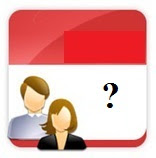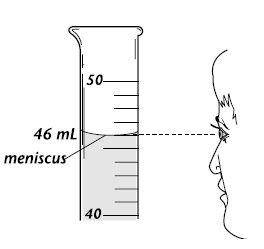Learning Activity : Add the Volume of Liquid
Learning Group : Mix (high and Low) Achievers
Learning Outcome :
At the end of this activity, the students will enjoy an interactive games and stimulate their brains with the enrichment activity on units of liquid through adding the numbers of units on the given colourful cards.
Learning Material :
Teacher will prepare the following :
- Colourful Playing Cards (60 cards)
- Each card will be printed units in milimetres (ml) and litre (l).
- The proposed ditribution of cards marked with units are as follows:
5 ml (10 cards) ;10 ml (10 cards) ; 20 ml (10 cards); 50 ml (8 cards);
100 ml (8 cards); 250 ml(6 cards); 500ml (4 cards) ; and 1000ml or 1L (4 cards)
- Worksheet to record the answer and marks obtained from the activity.
Rules and Regulations
Game 1;
1. Students will play the game in two groups (pair between high and low achiever)
1. Students will play the game in two groups (pair between high and low achiever)
2. Appoint a student in the class to be the marshal, recorder and time keeper.
3. The cards will be shuffles and marshal withdraw two cards from the stack.
4. 30 seconds will be given for students to add the numbers on the cards
5. The pair of students write the answers on the given worksheet and display their answers.
6. The teacher will announce the answer and 2 marks will be given for the correct answer.
7. The game continues until all cards are withdrawn.
8.The marshal will tally marks of the correct answers and the highest marks obtained by the group will be announced as winner

100 ml + 200 ml = 300 ml
( Correct 2 marks)






























